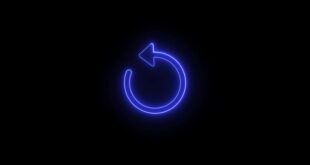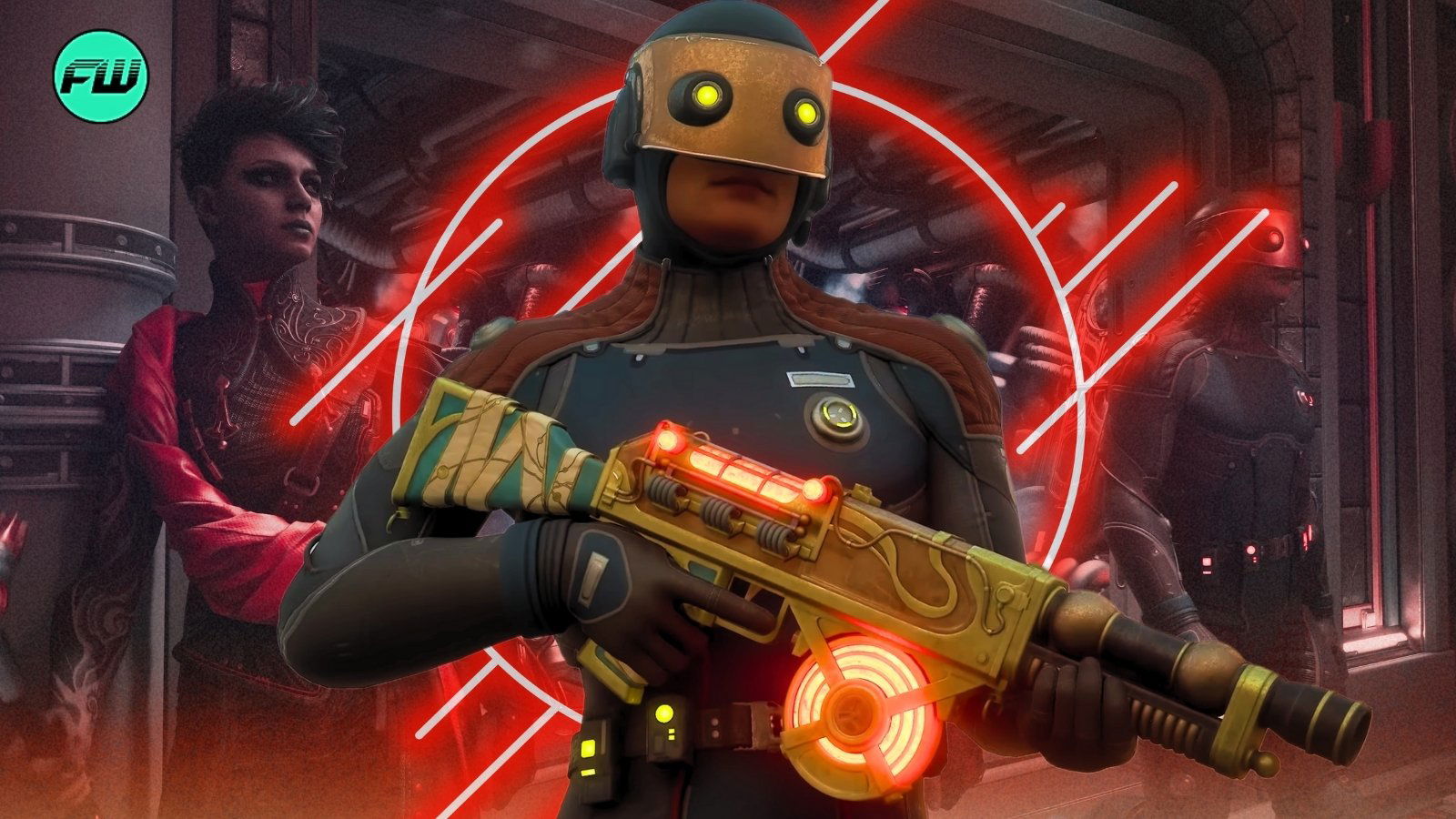
The Outer Worlds 2 just dropped some details during today’s Xbox Games Showcase that might sound mundane on paper but could fundamentally change how RPGs handle player choice. Obsidian Entertainment revealed their enhanced Character Flaws system, and it’s way more clever than anyone expected.
What started as a quirky mechanic in the original game has evolved into something that could genuinely set new standards for player agency in RPGs. The developers aren’t just tweaking numbers anymore.
The Outer Worlds 2 turns your bad habits into features
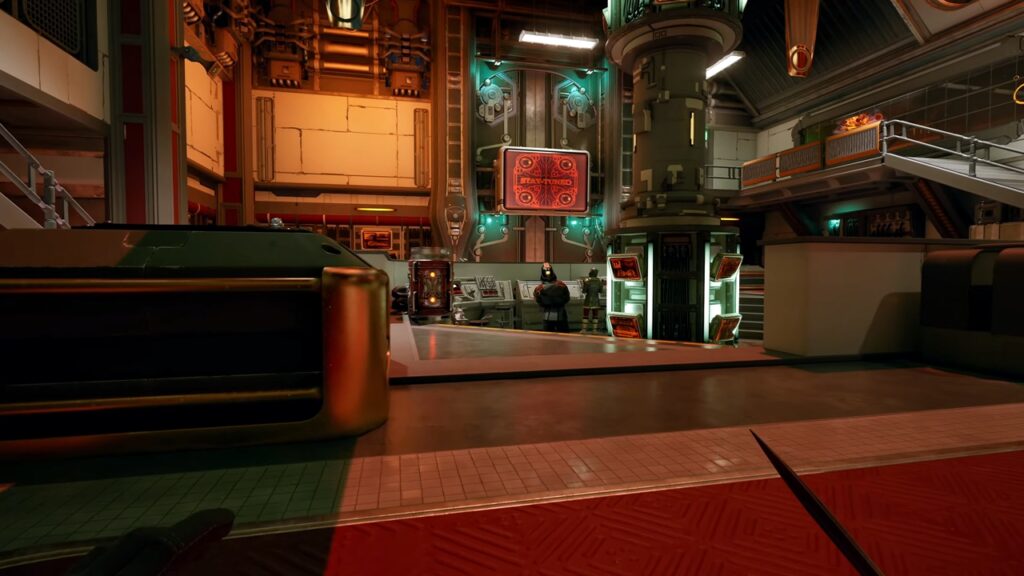
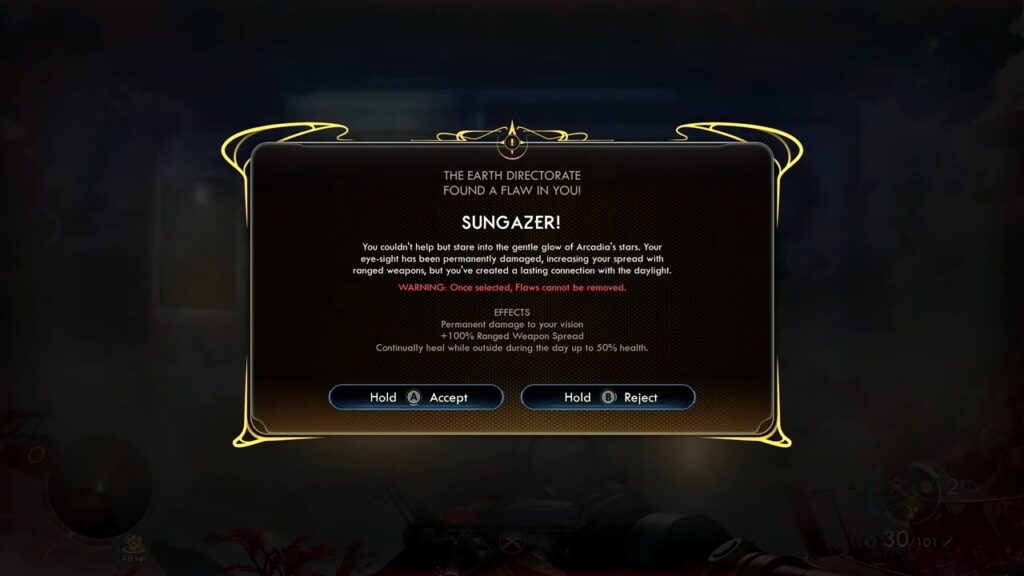
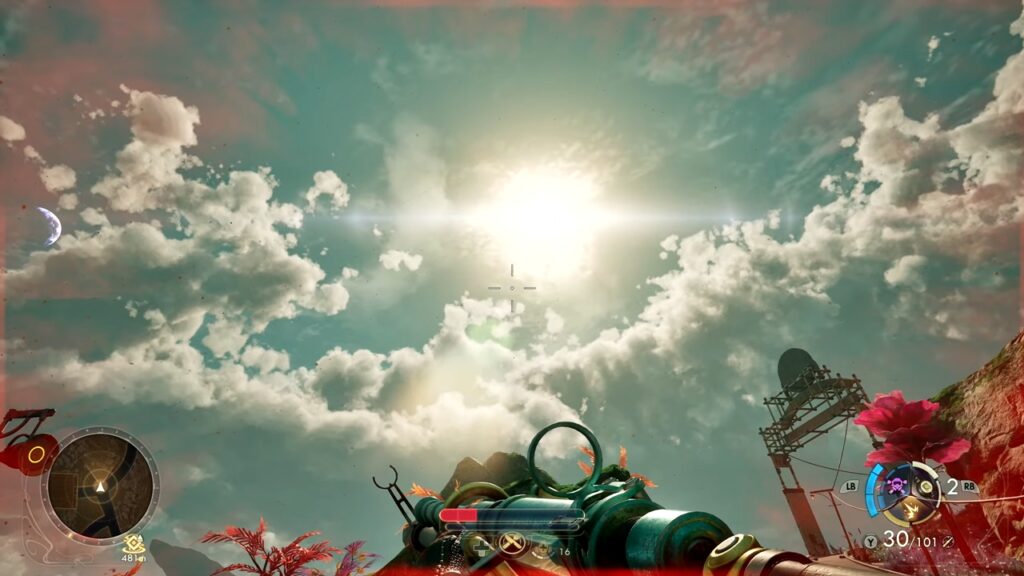

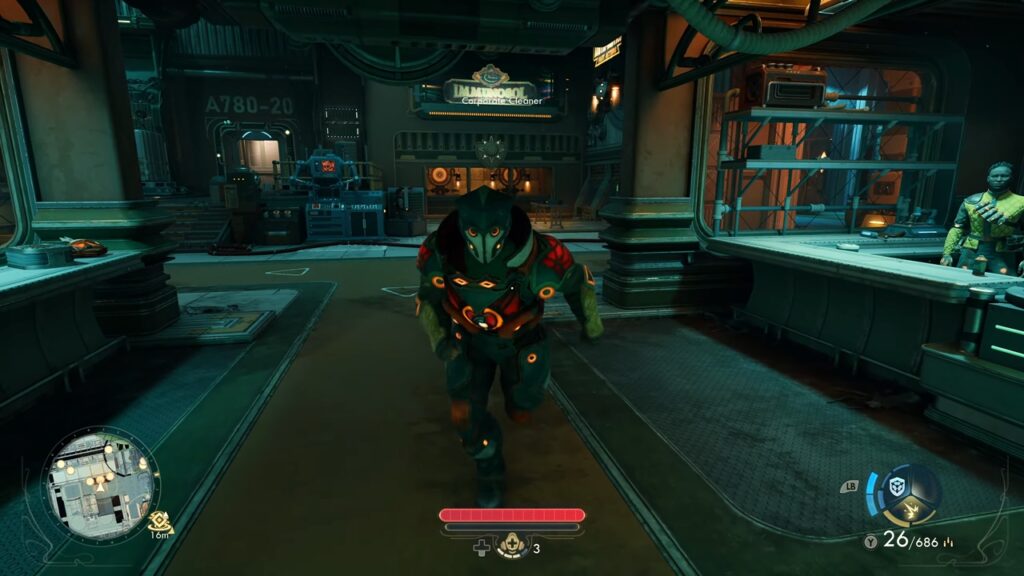
The original The Outer Worlds introduced 14 Character Flaws that each worked like one of those twisted “trade offer” memes. Players could accept permanent negative traits in exchange for perk points, creating interesting risk-reward scenarios that most people ignored after their first playthrough.
Obsidian has completely reimagined this system for the sequel. Instead of generic stat penalties, the new Flaws reflect actual player behavior and create genuinely personal gameplay experiences.
Flaws were a system that everybody loved from the first game, but we wanted to make it more personal to the player. We wanted it to really reflect how you were playing the game and give you a bonus that you actually wanted to really engage with.
— Brandon Adler, Game Director
During the showcase, the developers took things one step further by presenting a hilarious skit where they asked team members about their real-world problems to turn them into in-game Flaws:
The results are brilliantly absurd. “Bad Knees” makes you move faster but creates loud popping sounds every time you stand up, alerting nearby enemies. “Kleptomaniac” lets you sell stolen items for more money, but sometimes forces you to automatically steal things you’re just looking at.
“Sungazer” gives you health regeneration in sunlight but covers your screen with blinding lens flares. “Overprepared” gives all your weapons larger magazine sizes but punishes you with debuffs if you ever fully empty a clip, perfectly targeting players who compulsively reload after every encounter.
And as you may have realized by now, these aren’t just stat modifiers anymore. They are, in the most literal sense, “game-changing” mechanics that may force you to completely rethink how you approach certain situations.
Obsidian finally has the budget to match their ambitions
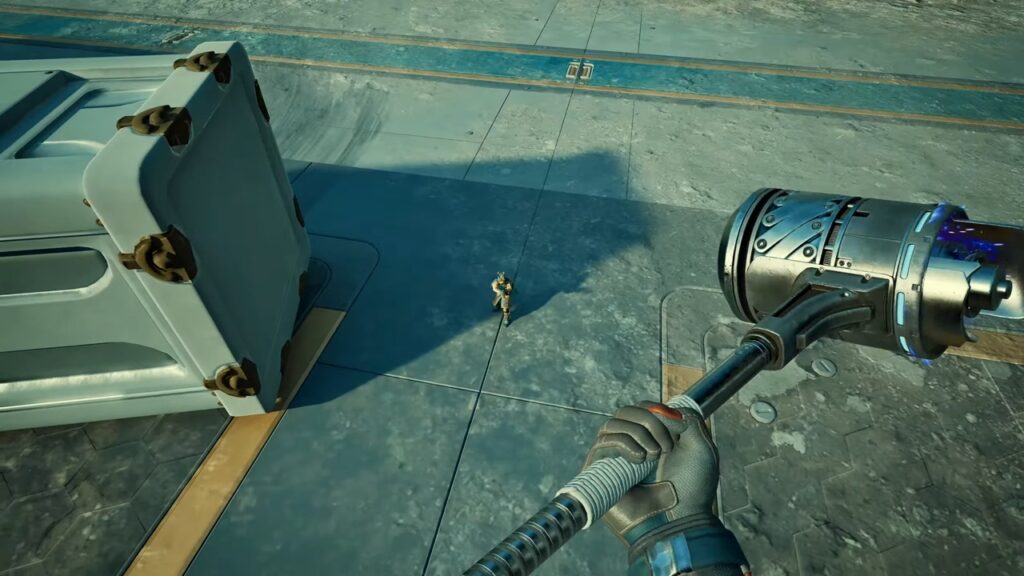
The enhanced Flaws system is just another example of what happens when a studio like Obsidian gets their hands on proper funding (and time). Creative director Leonard Boyarsky opened the showcase by acknowledging this reality directly:
This time, we’re able to go a lot deeper because we have more time and money, which is a great thing, and we’re able to make it a much more true Obsidian reactive RPG than we were the first time around.
Microsoft’s acquisition has clearly paid dividends.
The original game felt constrained by budget limitations, with some areas feeling like movie sets rather than lived-in spaces. And the sequel promises to address these shortcomings with deeper systems across the board:
So we’re going deeper and more complex with everything for this sequel. Deeper story, lore, RPG interactions, reactivity, all the things we’ve been known for as a company. It’s really a complete realization of everything people want from an Obsidian game.
The upgraded Flaws system, in and of itself, demonstrates genuine innovation in RPG design philosophy. While other studios throw money at graphics and marketing campaigns, Obsidian really is investing in mechanics that create those “unique player stories.”
The attention to detail in even minor systems suggests they understand what makes their games special. They’re not trying to compete with action games or chase trends. They’re doubling down on what they do best: creating reactive worlds that respond oh-so-meaningly to player choices.
What’s your take on The Outer Worlds 2′s approach to Character Flaws? Is this just Obsidian being weird in the best possible way? Share your thoughts below!
This post belongs to FandomWire and first appeared on FandomWire
